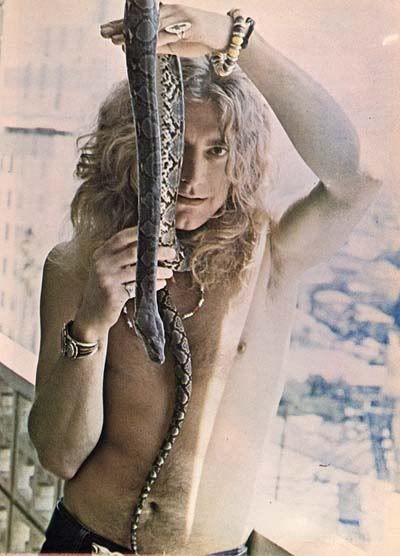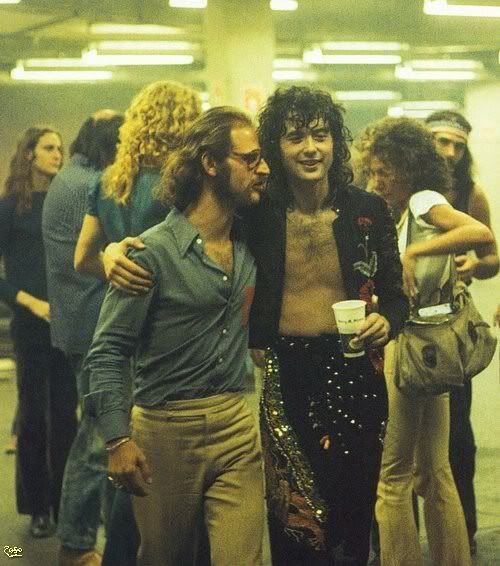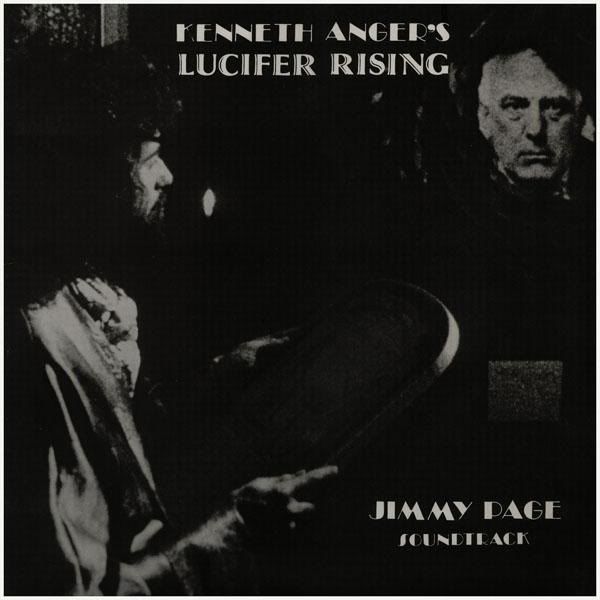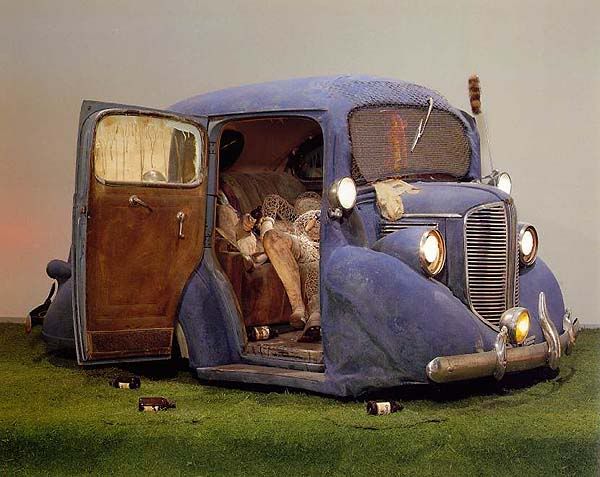I was fourteen when 1973 started, a
couple of months younger
than Jimmy Page’s then-girlfriend Lori
Mattix. In 1973, ironically, the biggest thing going was 1962. American
Graffiti was the
outstanding film of the
year, both in America, where it made sense, and in Britain, where it
might as
well have been about cricket
in the Trobriand Islands for all
the sense it made – but even Britons could understand its
celebration of innocence,
a time before Sexual
Intercourse or The Beatles,
and above all a time before the futile and deadly war in Vietnam.
I’d grown up
with all the so-called gains of the sexual revolution, of course, but I
wasn’t
very grateful. I hadn’t yet realized things had ever been
different. Before I
even knew what it was, on January
22, the U.S Supreme Court overturned the state bans on abortion in the landmark ruling Roe v. Wade.
Between placing the order and getting
it in my eager little
hands, I watched people I’d almost believed were mythical,
like hobbits, claw
themselves into the public arena and declare their humanity: Native
Americans.
The American Indian Movement
occupied Wounded Knee, South Dakota.
The day after the album's
March was a landmark month for another reason – Pink Floyd's The Dark Side of the Moon was released. This album caught in the public's imagination like an eyelash in the eye. Nothing could dislodge it again. For one thing, it had female soul singers on it. Rock had been for years a male, white bastion where everybody was quite happy to let you know they'd been inspired by Robert Johnson or Blind Lemon Jefferson…well, come to think of it, perhaps Pink Floyd didn't even say that much… but English rock at the time was exclusively from Canterbury or at least it seemed that way, and through no fault of their own most people from Canterbury were Caucasian, as were their Dutch, German and French proggy counterparts. Bands were searching for ‘authenticity’, which generally translated as finding a few black sidemen or backing singers, and DSOM is indeed beatified by its female singers. (The Stones had been adding ‘authenticity’ for years, but the habit took off in the Seventies with T. Rex (Zinc Alloy, 1974) and David Bowie (Young Americans 1975) among those adding ‘soul’ as best they could. Led Zeppelin’s do-it-yourself philosophy precluded getting any other members, but I think The Crunge counts as their effort in that direction.)
Led Zeppelin’s British tour
had started the previous
November. They spent from January to April in
Even as a long term fan, Led Zeppelin can still take me by surprise. The power and mastery on display at this show is thrilling. I've always found it hard to believe there's just four of them; Page easily plays for two, and John Paul Jones can play bass pedals and keyboards at the same time, which makes for a six-piece on a good night. When Plant and Bonham are on form, and they are here tonight, they sound almost like they do in the studio, but with the added cachet of live unpredictability. Plant managed to annoy me by literally sniggering about the girls he was going to get while in Vienna. You'd think he'd be over boasting about that by 1973. He made up for it by singing like a sugar devil for the entire set - so hard in fact, that his voice gave out on Heartbreaker, the last song, but it hardly matters by then. Page throws in a hint of Bach's Boulee and a verse of Feelin' Groovy to keep us happy anyway. Talking of Page, he's on fire tonight. During Whole Lotta Love, apart from the old standards (which they manage to keep relatively fresh) like Let's Have a Party and Baby, I don't Care, they also throw in almost the whole of I Can't Quit You, Baby. Now, I cannot stand ICQYB as it is played on the first album. I hate the guitar sound and I hate the typically British cod-blues approach. Here, Page pulls out the finest onstage guitar playing I have ever heard, from anyone, anywhere, ever. It's inhumanly good. Hard to believe they were doing this sort of thing, routinely, night after night for months on end. A recommended show.
Zeppelin had a chance to stay home
and catch their breath
for a month or so in April. The
rest of
the world went on without them. The first ever cell-phone call was on
April 3, made
by Martin
Cooper in
Trouble was brewing in Blighty, with
the beginnings of
worker mass protest against government policies. On Mayday, an
estimated 1,600,000
workers in
And after all that, the American tour
began on May 4th.
The America/Led Zeppelin love affair was in
full swing by this time, and
The American tour has been
well-covered before, more for its
licentiousness than its music. I’m not going to describe it
again. In short, records
were broken. Zeppelin
grosses appear to
be calculated using the same research
accountants
as Hotblack Desiato’s band Disaster Area in the
Hitchhiker’s Guide To The Galaxy books.
According to Chris Welch in Led
Zeppelin: Dazed And Confused: the Stories Behind Every Song
the Financial Times
calculated that LZ would
make $35M that year. According
to
Stephen Davis in Hammer
of the Gods, the FT calculated it would be $30M.
What’s
five million bucks between friends? The tour by itself was expected to
gross
$4.5M, according to
For the greater part of the tour, Peter Grant rented an airplane, The Starship, to fly his boys to and from gigs without the hassle of mixing with riff-raff at airport gates, and/or turbulence. The plane has been described as a flying gin palace, and there’s a short clip of life onboard on YouTube which seems to prove the point. (The floppy-shirted man is B. P. Fallon, LZ's publicist.)
In
Robert Plant and retic, Continental Hyatt House
Back on the road after a break, Led
Zeppelin played three
nights at
Jimmy Page and Eddie Kramer
Just before the last MSG show, $180,000 was stolen from their hotel, the Drake. "If we'd have said we were not upset," said John Bonham, "they would have thought we were so rich it meant nothing to us and if we say we're upset about it, they'll say money is all we care about." (Chris Welch)
Jimmy Page went back home to work on a soundtrack for Kenneth Anger’s Lucifer Rising. He’s pictured in the finished movie, holding a tablet called the Stele of Revealing and facing a portrait of Aleister Crowley.
For the rest of the world, the year
did not finish quietly. In
October came another Arab-Israeli conflict, this one known as the Yom Kippur War.
The Arab oil-producing nations set up an oil embargo
against nations
which supported
Ed Kienholz: Back Seat Dodge '38 (1964)
1973 had been the year of American
Graffiti, the glorious
nostalgia for the innocent days of the
Ref:
Hammer of the Gods, Stephen Davis,
Ballantine, 1986.
Dazed and Confused: The Stories
Behind Every Song, Chris
Welch
| Back to Planet Zeppelin "Project F" | Planet Zeppelin Project F |
| Back to Planet Zeppelin Discussion "So What?" | Discussion Thread: So What? |



